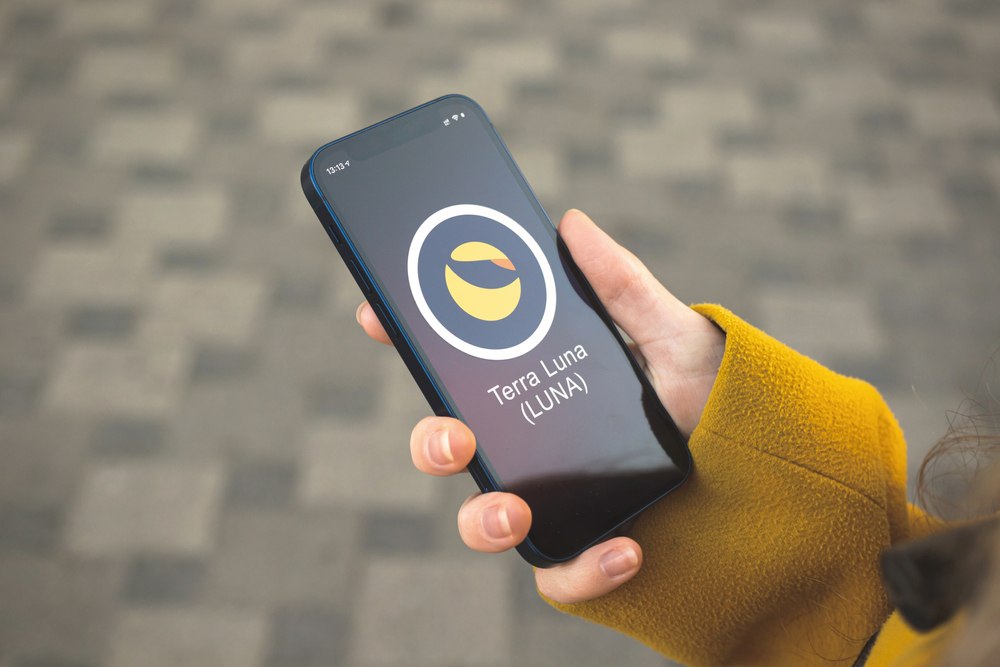According to an SEC lawsuit filed against Do Kwon and Terraform Labs, an undisclosed trading firm assisted Kwon in restoring UST’s $1 peg in 2021 in exchange for reduced LUNA tokens.
US Regulators Sued the Ones Responsible
Do Kwon and Terraform Labs were sued by US regulators this week for the stunning implosion of the TerraUSD (UST) stablecoin.
Reports also suggested that they were also accompanying LUNA tokens.
Yet, a major point remained unanswered: who was the trading partner who made $1.28 billion in profits before Terra’s $40 billion ecosystem collapsed?
According to those familiar with the situation, it was Jump Crypto, a Chicago-based startup whose parent has extensive links in traditional finance.
Jump Crypto’s spokesperson said the company had no comment. The Block broke the story first.
In a complaint filed by the US Securities and Exchange Commission this week, allegations were made against Terraform Labs and Do Kwon.
It was claimed that these entities were involved in running a scam by selling securities to the US locals without having them registered by the regulator.
SEC stated that his wrongdoings hurt U.S. retail and institutional investors.
The allegation mentions an unnamed US trading firm that had an exclusive market-making arrangement.
That anonymous firm was not accused of wrongdoing. It was accused of being involved in the overall fraud that was committed by Terraform Labs.
Involvement of Jump Crypto
Jump Crypto was able to purchase drastically cheap LUNA tokens, which supported UST.
According to the SEC lawsuit, the business spent only $62 million to keep UST’s price near $1 in May 2021.
They made $1.28 billion by selling discounted tokens obtained under the terms of their agreement with Terraform Labs.
Jump Crypto was an active participant in the Terra ecosystem.
It was constantly submitting governance suggestions and investing extensively in the project.
It also included the construction of a cross-chain bridge of Terra and the seeding funding of Luna Foundation Guard which was worth $1 billion.
Jump Crypto President Kanav Kariya was also a member of the Luna Foundation Guard’s board of directors.
The foundation guard is the one which was responsible for leading the reserve treasury of Terra which was worth billions of dollars.
With a failed attempt to reinstate UST’s dollar peg in May 2022, the reserves were drained.
According to the SEC complaint, it was also diverted to a Swiss bank account held by Kwon.
Terraform’s terms
Terraform Laboratories said that UST, Terra’s doomed “decentralized” stablecoin, will remain tied to the price of $1 simply due to a cutting-edge “algorithm.”
That algorithm, which was written in blockchain-based computer code known as smart contracts, was meant to print and burn luna.
The SEC, on the other hand, claims that Terra’s stablecoin ecosystem was dependent on human-driven market-making operations.
This means that the ecosystem was not dependent on autonomous bits of computer code.
Terraform Labs hired Jump Crypto, which was an undisclosed “third party” trading firm. According to the SEC, its role was to function as a market maker for its token ecosystem.
According to the terms of the deal, the trading business was able to purchase luna for as little as 40 cents.
This mention of trade is when Luna was being traded as high as 90$ in the open market.
When the UST stablecoin briefly deviated from its $1 peg in May 2021, Terraform portrayed its eventual recovery as proof of the algorithm’s efficacy.
But, according to the SEC, the stablecoin was only able to recover because of the third party.
The third party stepped in, just to covertly buy up the tokens for Terra. It aimed to backstop the sell-off of the market.
According to the SEC, Terra amended its market-making agreements with the firm following the sell-off incident.
This amendment removed the preconditions required to purchase discounted tokens.




